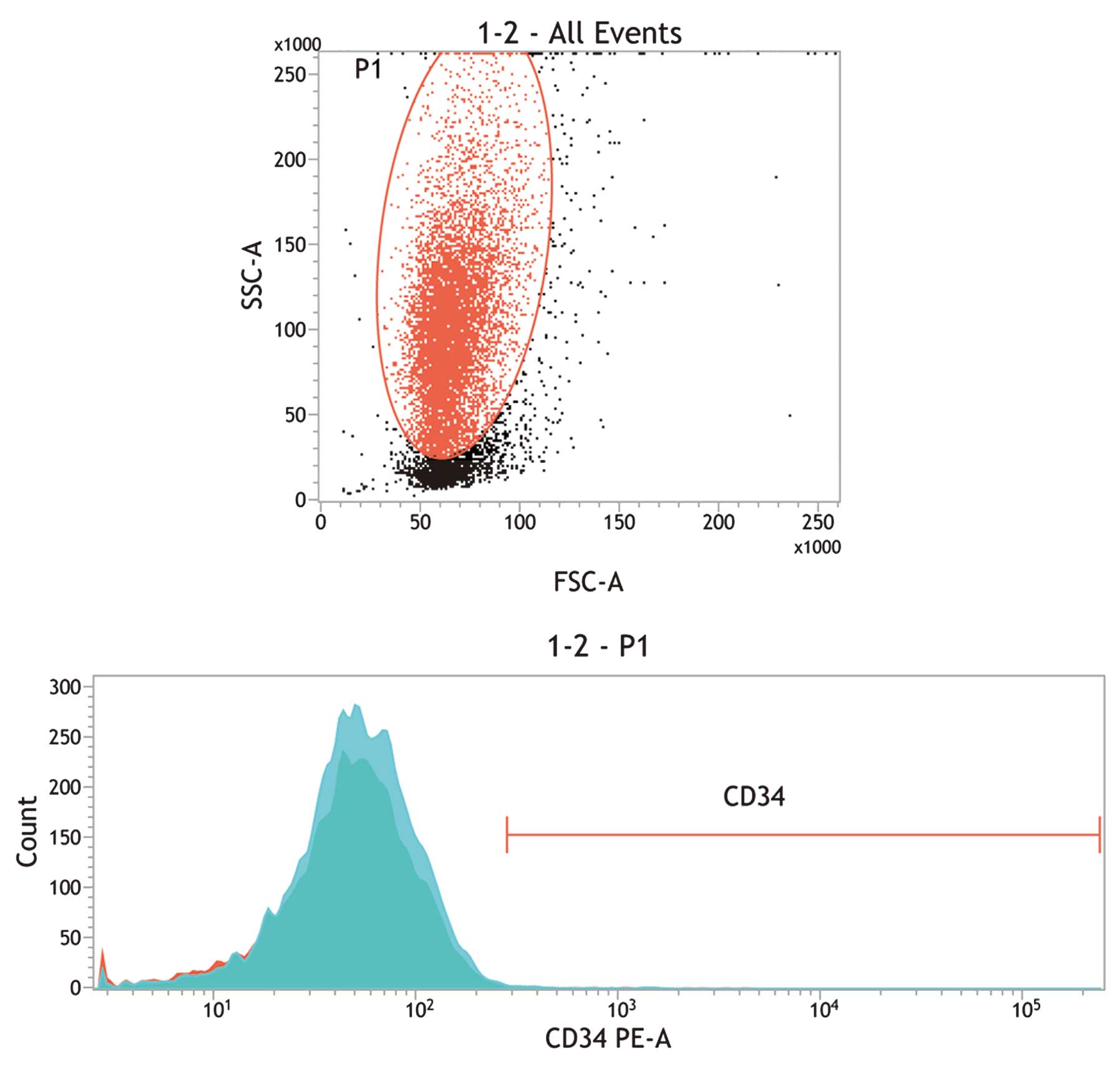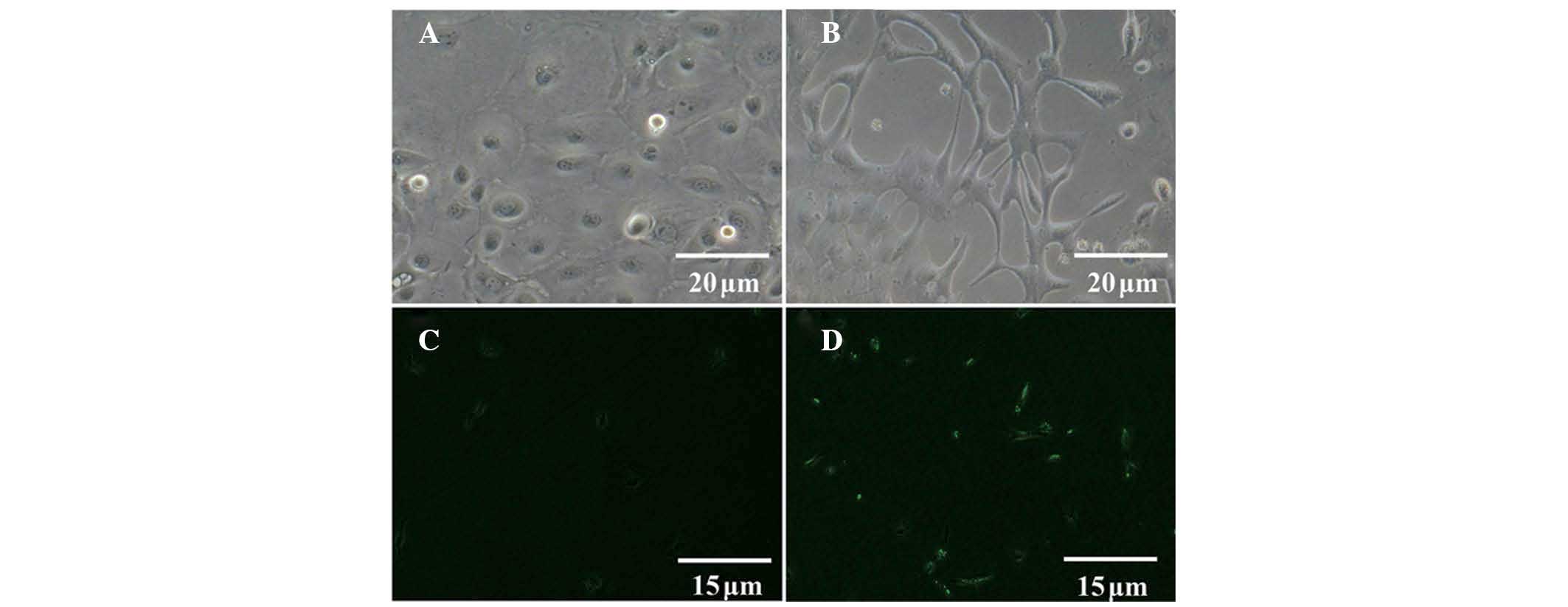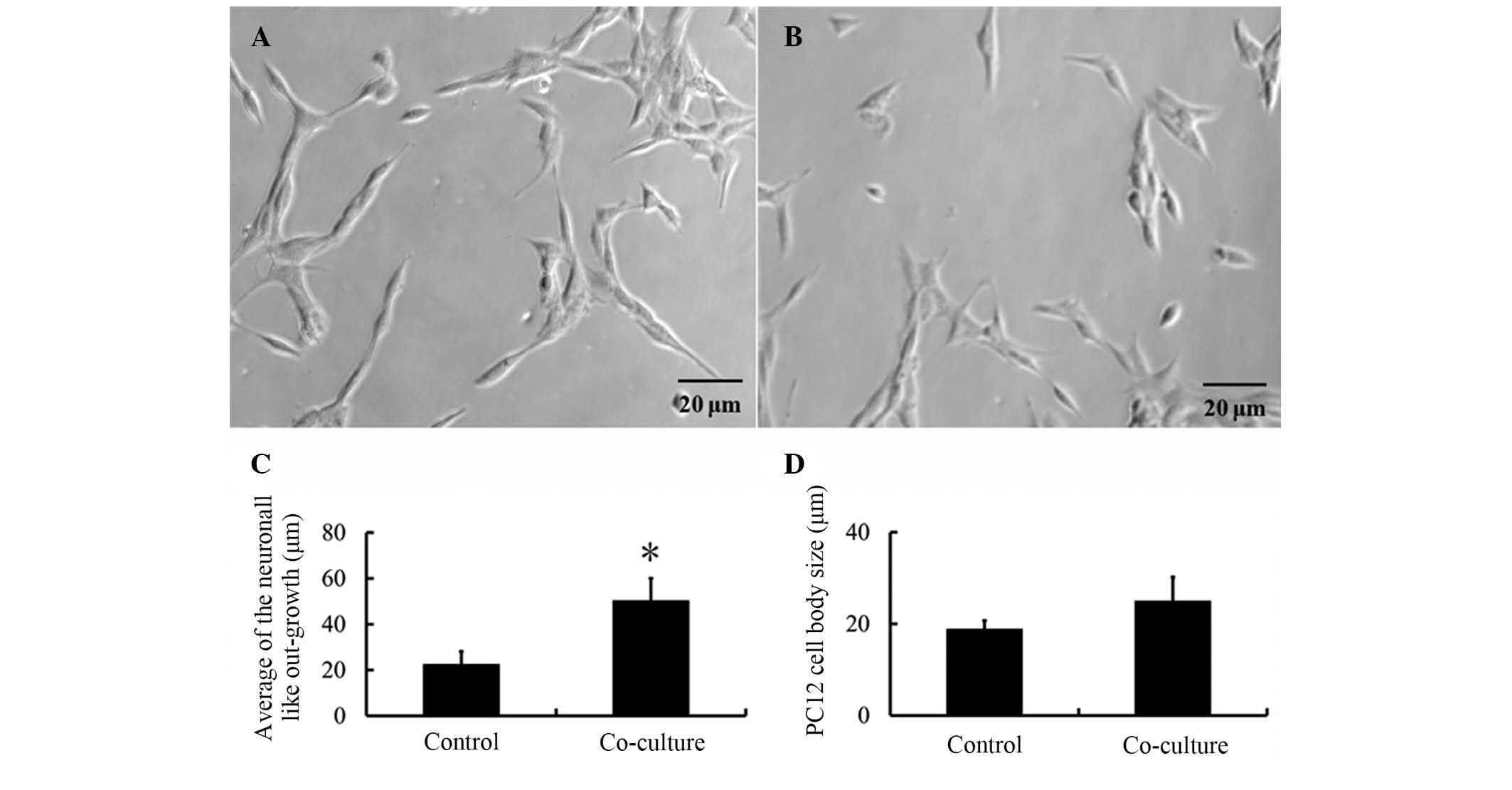|
1
|
He B, Zhu Q, Chai Y, et al: Safety and
efficacy evaluation of a human acellular nerve graft as a digital
nerve scaffold: a prospective, multicentre controlled clinical
trial. J Tissue Eng Regen Med. Feb 25–2013.(Epub ahead of print).
View Article : Google Scholar
|
|
2
|
Okui N, Yamamoto M, Fukuhira Y, Kaneko H
and Hirata H: A new nerve coaptation technique using a
biodegradable honeycomb-patterned film. Microsurg. 32:466–474.
2012. View Article : Google Scholar
|
|
3
|
Meng H1, Li M, You F, Du J and Luo Z:
Assessment of processed human amniotic membrane as a protective
barrier in rat model of sciatic nerve injury. Neurosci Lett.
496:48–53. 2011. View Article : Google Scholar : PubMed/NCBI
|
|
4
|
Wangensteen KJ and Kalliainen LK: Collagen
tube conduits in peripheral nerve repair: a retrospective analysis.
Hand (N Y). 5:273–277. 2010. View Article : Google Scholar
|
|
5
|
Kehoe S, Zhang XF and Boyd D: FDA approved
guidance conduits and wraps for peripheral nerve injury: a review
of materials and efficacy. Injury. 43:553–572. 2012. View Article : Google Scholar
|
|
6
|
Elliot D, Lloyd M, Hazari A, Sauerland S
and Anand P: Relief of the pain of neuromas-in-continuity and
scarred median and ulnar nerves in the distal forearm and wrist by
neurolysis, wrapping in vascularized forearm fascial flaps and
adjunctive procedures. J Hand Surg Eur Vol. 35:575–582. 2010.
View Article : Google Scholar : PubMed/NCBI
|
|
7
|
Kline DG and Hudson AR: Vertebral artery
compression. J Neurosurg. 83:7591995.PubMed/NCBI
|
|
8
|
Schmidt CE and Leach JB: Neural tissue
engineering: Strategies for repair and regeneration. Annu Rev
Biomed Eng. 5:293–347. 2003. View Article : Google Scholar : PubMed/NCBI
|
|
9
|
He B, Liu SQ, Chen Q, et al:
Carboxymethylated chitosan stimulates proliferation of Schwann
cells in vitro via the activation of the ERK and Akt signaling
pathways. Eur J Pharmacol. 667:195–201. 2011. View Article : Google Scholar : PubMed/NCBI
|
|
10
|
Yazdani SO, Golestaneh AF, Shafiee A, et
al: Effects of low level laser therapy on proliferation and
neurotrophic factor gene expression of human schwann cells in
vitro. J Photochem Photobiol B. 107:9–13. 2012. View Article : Google Scholar
|
|
11
|
Gambarotta G, Fregnan F, Gnavi S and
Perroteau I: Neuregulin 1 role in Schwann cell regulation and
potential applications to promote peripheral nerve regeneration.
Int Rev Neurobiol. 108:223–256. 2013. View Article : Google Scholar : PubMed/NCBI
|
|
12
|
Hu J, Zhu QT, Liu XL, Xu YB and Zhu JK:
Repair of extended peripheral nerve lesions in rhesus monkeys using
acellular allogenic nerve grafts implanted with autologous
mesenchymal stem cells. Exp Neurol. 204:658–666. 2007. View Article : Google Scholar : PubMed/NCBI
|
|
13
|
Sowa Y, Imura T, Numajiri T, Nishino K and
Fushiki S: Adipose-derived stem cells produce factors enhancing
peripheral nerve regeneration: Influence of age and anatomic site
of origin. Stem Cells Dev. 21:1852–1862. 2012. View Article : Google Scholar
|
|
14
|
Manuelpillai U, Tchongue J, Lourensz D, et
al: Transplantation of human amnion epithelial cells reduces
hepatic fibrosis in immunocompetent CCl4-treated mice.
Cell Transplant. 19:1157–1168. 2010. View Article : Google Scholar
|
|
15
|
Miki T, Marongiu F, Dorko K, Ellis EC and
Strom SC: Isolation of amniotic epithelial stem cells. Curr Protoc
Stem Cell Biol. 1:1E.32010.
|
|
16
|
Murphy S, Rosli S, Acharya R, et al:
Amnion epithelial cell isolation and characterization for clinical
use. Curr Protoc Stem Cell Biol. 1:1E.62010.
|
|
17
|
Parolini O, Alviano F, Bagnara GP, et al:
Concise review: Isolation and characterization of cells from human
term placenta: Outcome of the first international Workshop on
Placenta Derived Stem Cells. Stem Cells. 26:300–311. 2008.
View Article : Google Scholar
|
|
18
|
Tsutsumi S, Shimazu A, Miyazaki K, et al:
Retention of multilineage differentiation potential of mesenchymal
cells during proliferation in response to FGF. Biochem Biophys Res
Commun. 288:413–419. 2001. View Article : Google Scholar : PubMed/NCBI
|
|
19
|
Toda A, Okabe M, Yoshida T and Nikaido T:
The potential of amniotic membrane/amnion-derived cells for
regeneration of various tissues. J Pharmacol Sci. 105:215–228.
2007. View Article : Google Scholar : PubMed/NCBI
|
|
20
|
Akle CA, Adinolfi M, Welsh KI, Leibowitz S
and McColl I: Immunogenicity of human amniotic epithelial cells
after transplantation into volunteers. Lancet. 2:1003–1005. 1981.
View Article : Google Scholar : PubMed/NCBI
|
|
21
|
Fatimah SS, Ng SL, Chua KH, et al: Value
of human amniotic epithelial cells in tissue engineering for
cornea. Hum Cell. 23:141–151. 2010. View Article : Google Scholar : PubMed/NCBI
|
|
22
|
Weinstein DE and Wu R: Isolation and
purification of primary Schwann cells. Curr Protoc Neurosci.
3:3.172001.
|
|
23
|
Baloh RH, Enomoto H, Johnson EJ and
Milbrandt J: The GDNF family ligands and receptors - implications
for neural development. Curr Opin Neurobiol. 10:103–110. 2000.
View Article : Google Scholar : PubMed/NCBI
|
|
24
|
Rich KM, Yip HK, Osborne PA, Schmidt RE
and Johnson EJ Jr: Role of nerve growth factor in the adult dorsal
root ganglia neuron and its response to injury. J Comp Neurol.
230:110–118. 1984. View Article : Google Scholar : PubMed/NCBI
|
|
25
|
Taniuchi M, Clark HB and Johnson EJ:
Induction of nerve growth factor receptor in Schwann cells after
axotomy. Proc Natl Acad Sci USA. 83:4094–4098. 1986. View Article : Google Scholar : PubMed/NCBI
|
|
26
|
Zhang L, Lv X, Tong X, Jia H and Li Z:
Study on molecular mechanism for improving neural regeneration
after repair of sciatic nerve defect in rat by acellular nerve
allograft. Synapse. 66:52–60. 2012. View Article : Google Scholar
|
|
27
|
Zheng C, Zhu Q, Liu X, et al: Effect of
platelet-rich plasma (PRP) concentration on proliferation,
neurotrophic function and migration of Schwann cells in vitro. J
Tissue Eng Regen Med. May 31–2013.(Epub ahead of print). View Article : Google Scholar : PubMed/NCBI
|
|
28
|
Xu Y, Liu L, Li Y, et al: Myelin-forming
ability of Schwann cell-like cells induced from rat adipose-derived
stem cells in vitro. Brain Res. 1239:49–55. 2008. View Article : Google Scholar : PubMed/NCBI
|
|
29
|
Kingham PJ, Kalbermatten DF, Mahay D, et
al: Adipose-derived stem cells differentiate into a Schwann cell
phenotype and promote neurite outgrowth in vitro. Exp Neurol.
207:267–274. 2007. View Article : Google Scholar : PubMed/NCBI
|
|
30
|
Xue S, Chen C, Dong W, et al: Therapeutic
effects of human amniotic epithelial cell transplantation on
double-transgenic mice co-expressing APPswe and PS1ΔE9-deleted
genes. Sci China Life Sci. 55:132–140. 2012. View Article : Google Scholar : PubMed/NCBI
|
|
31
|
Banerjee A, Nürnberger S, Hennerbichler S,
et al: In toto differentiation of human amniotic membrane towards
the Schwann cell lineage. Cell Tissue Bank. 15:227–239. 2014.
View Article : Google Scholar
|
|
32
|
Miki T, Lehmann T, Cai H, Stolz DB and
Strom SC: Stem cell characteristics of amniotic epithelial cells.
Stem Cells. 23:1549–1559. 2005. View Article : Google Scholar : PubMed/NCBI
|
|
33
|
Ilancheran S, Michalska A, Peh G, et al:
Stem cells derived from human fetal membranes display multilineage
differentiation potential. Biol Reprod. 77:577–588. 2007.
View Article : Google Scholar : PubMed/NCBI
|
|
34
|
Hou Y, Huang Q, Liu T and Guo L: Human
amnion epithelial cells can be induced to differentiate into
functional insulin-producing cells. Acta Biochim Biophys Sin
(Shanghai). 40:830–839. 2008. View Article : Google Scholar
|
|
35
|
Miki T and Strom SC: Amnion-derived
pluripotent/multipotent stem cells. Stem Cell Rev. 2:133–142. 2006.
View Article : Google Scholar
|
|
36
|
Elwan MA and Sakuragawa N: Evidence for
synthesis and release of catecholamines by human amniotic
epithelial cells. Neuroreport. 8:3435–3438. 1997. View Article : Google Scholar
|
|
37
|
Wei JP, Zhang TS, Kawa S, et al: Human
amnion-isolated cells normalize blood glucose in
streptozotocin-induced diabetic mice. Cell Transplant. 12:545–552.
2003. View Article : Google Scholar : PubMed/NCBI
|
|
38
|
Sakuragawa N, Enosawa S, Ishii T, et al:
Human amniotic epithelial cells are promising transgene carriers
for allogeneic cell transplantation into liver. J Hum Genet.
45:171–176. 2000. View Article : Google Scholar : PubMed/NCBI
|
|
39
|
Simat SF, Chua KH, Abdul Rahman H, Tan AE
and Tan GC: The stemness gene expression of cultured human amniotic
epithelial cells in serial passages. Med J Malaysia. 63(Suppl A):
53–54. 2008.PubMed/NCBI
|
|
40
|
Tan GC, Simat SF, Abdul Rahman H, Tan AE
and Chua KH: Quantitative RT PCR approach to evaluate the
neurogenic and gliagenic gene expression of cultured human amniotic
epithelial cells. Med J Malaysia. 63(Suppl A): 51–52.
2008.PubMed/NCBI
|
|
41
|
Zhou X, He X, He B, et al: Etifoxine
promotes glial-derived neurotrophic factor-induced neurite
outgrowth in PC12 cells. Mol Med Rep. 8:75–80. 2013.PubMed/NCBI
|














